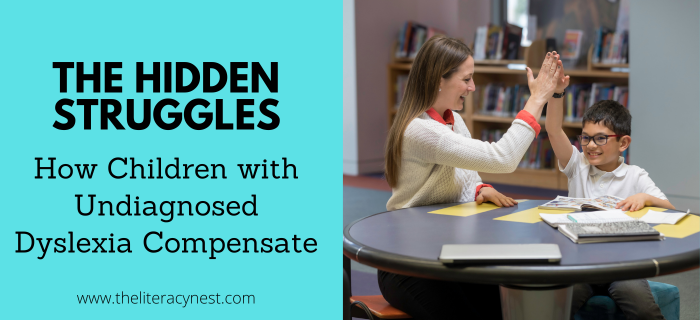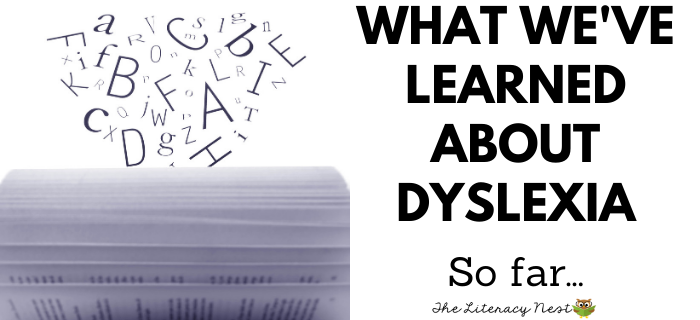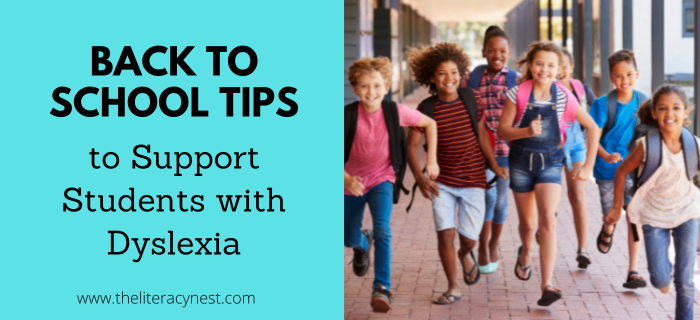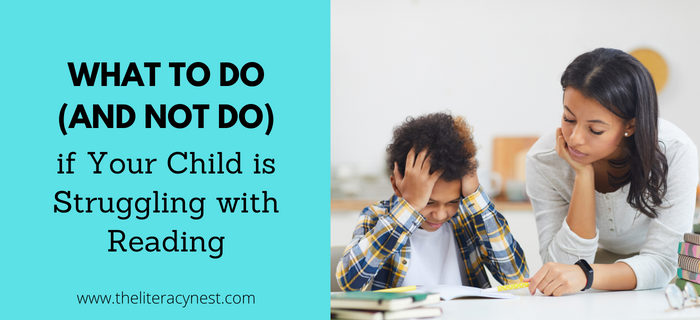How Children with Undiagnosed Dyslexia Compensate
When a child has dyslexia that goes undiagnosed, the signs aren’t always obvious. Many children are bright, resourceful, and determined to succeed in school. Because of this, they often develop clever ways to mask their reading and spelling difficulties. To teachers and parents, these compensations may look like effort, creativity, or even misbehavior. However, beneath the surface, children with undiagnosed dyslexia are working much harder than their peers just to get by.
Understanding the hidden struggles can help us spot the red flags earlier and provide the right support.
#1 Relying on Memory
Children with undiagnosed dyslexia may memorize entire books, word lists, or even classroom directions. Instead of decoding, they might recognize stories by their pictures or recall what an adult read aloud. While this may get them through a reading task in the short term, it doesn’t build the foundational decoding skills they need.
Thankfully, one great way to support decoding instead of memorization is through structured, science-backed tools. I recommend these Decoding Strategies Bookmarks, Posters, and Notecards. They’re simple, engaging, and can be used as a quick reference during lessons or independent reading. This resource includes ready-to-print bookmarks, posters, and notecards to reinforce strategies and help students feel confident when tackling new words.
#2 Avoidance Behaviors
Instead of compensating, sometimes students become skilled at avoiding reading or writing. They may:
- Volunteer for classroom jobs
- Become the “class clown” to distract from their struggles
- Pick the shortest assignments or pretend to be too tired to read
These are avoidance strategies. Many students turn to those because they are a way to protect themselves from embarrassment.
#3 Overdependence on Context Clues
Instead of sounding out unfamiliar words, students may guess based on the first letter, the picture, or the story’s context. This can give the appearance of comprehension, but often key details are lost.
#4 Strong Verbal Skills
Many children with dyslexia shine in oral language. They may use advanced vocabulary in conversation, tell fantastic stories, or excel in class discussions. Their verbal strengths can mask their literacy difficulties, making teachers think reading is also on grade level.
#5 Writing Workarounds
When faced with writing tasks, students may:
- Keep sentences short and simple
- Use only words they’re sure they can spell
- Copy directly from the board instead of generating their own work
Over time, this results in written work that looks sparse compared to their oral ideas.
#6 Extra Effort and Time
Working with dyslexia is tough. Especially when it comes to working on their own at home. Homework may take two or three times longer than it should. Students often need parents or siblings to read directions aloud or check their work. While their effort is admirable, the workload becomes exhausting.
#7 Emotional and Behavioral Masks
Children may also protect themselves emotionally by:
- Striving for perfection and overworking
- Withdrawing and staying quiet to avoid being called on
- Acting out in frustration or using misbehavior to divert attention
These emotional responses are signs of just how much energy is spent covering up the struggle.
Why Undiagnosed Dyslexia Struggles Matter
Compensation strategies can keep a child “under the radar” for years. Teachers may see a bright, talkative, or even shy child and miss the underlying difficulties. But eventually, the gap widens, and the child’s strategies no longer work. This is when frustration, low self-esteem, and academic struggles escalate.
The earlier we recognize these patterns, the sooner we can provide structured, evidence-based reading intervention. Thankfully, intervention strategies give children the skills they need, without relying on exhausting compensations.
Ultimately, if you notice a child who seems to be “getting by” but is relying heavily on memory, avoidance, or guesswork, it may be time to ask: Could this be undiagnosed dyslexia? Early identification and support can change the trajectory for struggling readers.
Further Support for Dyslexia
Professional Learning: For teachers ready to deepen their practice, the BRFL Academy is an incredible resource. You can join for just $1 for the first 30 days right here. Inside, you’ll find ongoing training, resources, and support for teaching struggling readers.
Podcast: If you’d love to hear more about supporting students with dyslexia, check out the Together in Literacy Podcast, where we share practical strategies and encouragement for educators.
Books & Advocacy: October is Dyslexia Awareness Month, which makes it a perfect time to build your knowledge and advocacy toolkit. Explore The Top 5 Dyslexia Advocacy Books or browse this curated Dyslexia Awareness collection to find must-reads and resources.
Amazon Pick: One of my favorite teaching tools right now is this resource on Amazon—a practical addition for anyone working with struggling readers.
Supporting students with dyslexia is about more than just teaching skills. It’s about seeing the hidden struggles and responding with compassion, evidence-based tools, and advocacy. With the right resources, we can help these children thrive.








